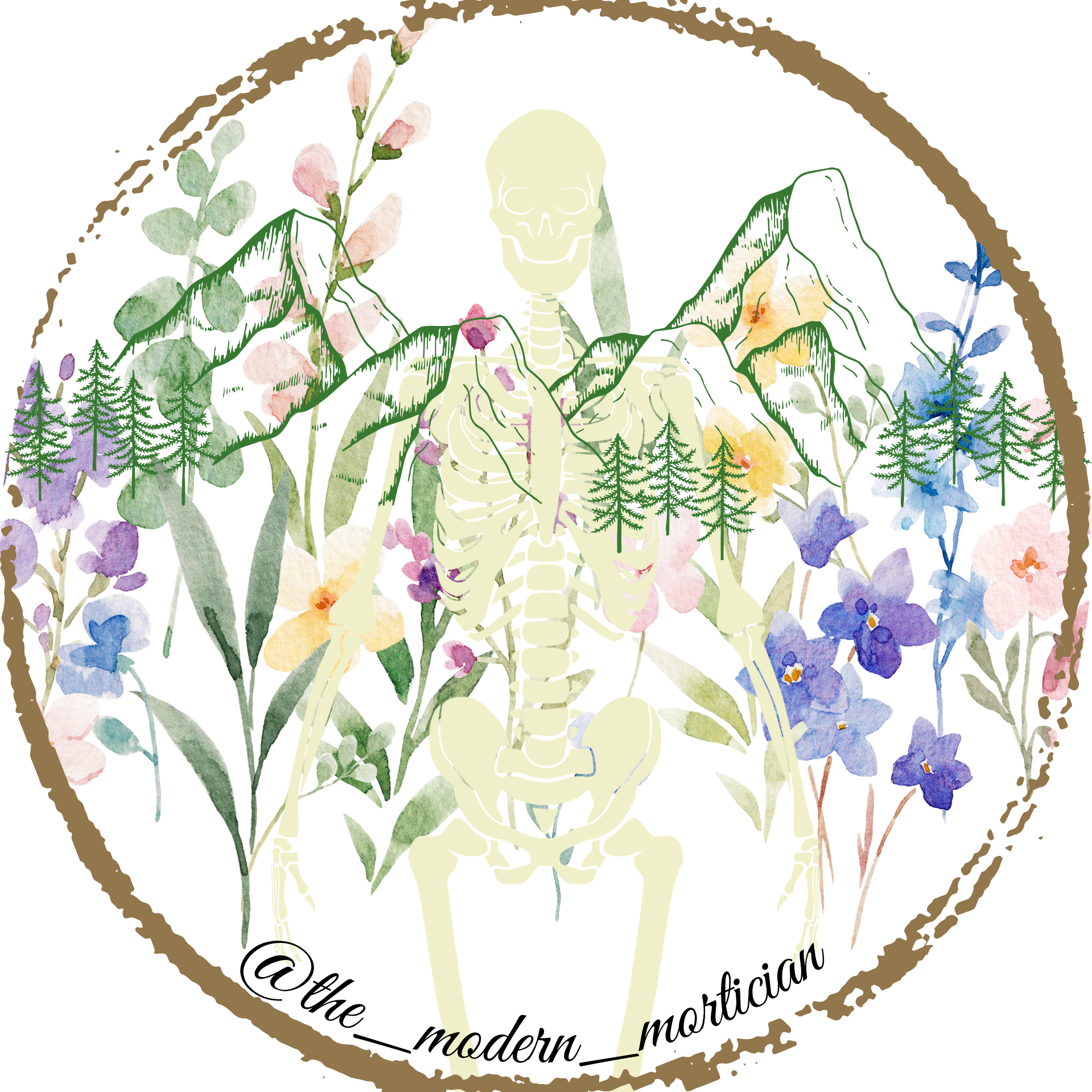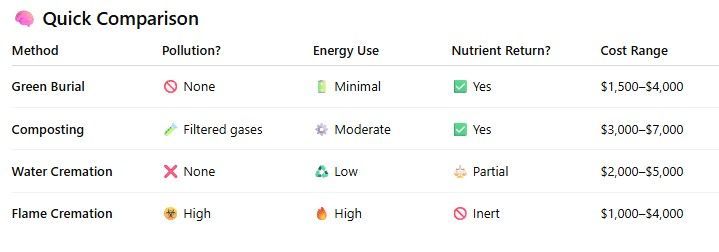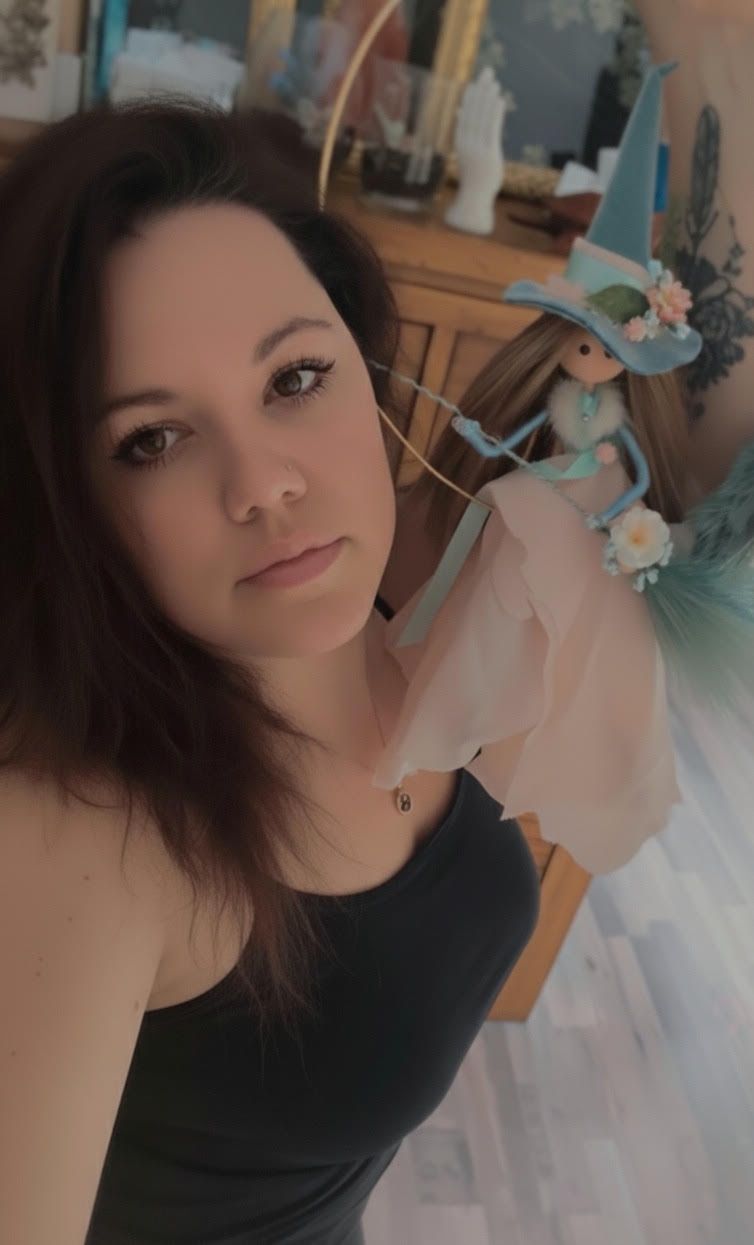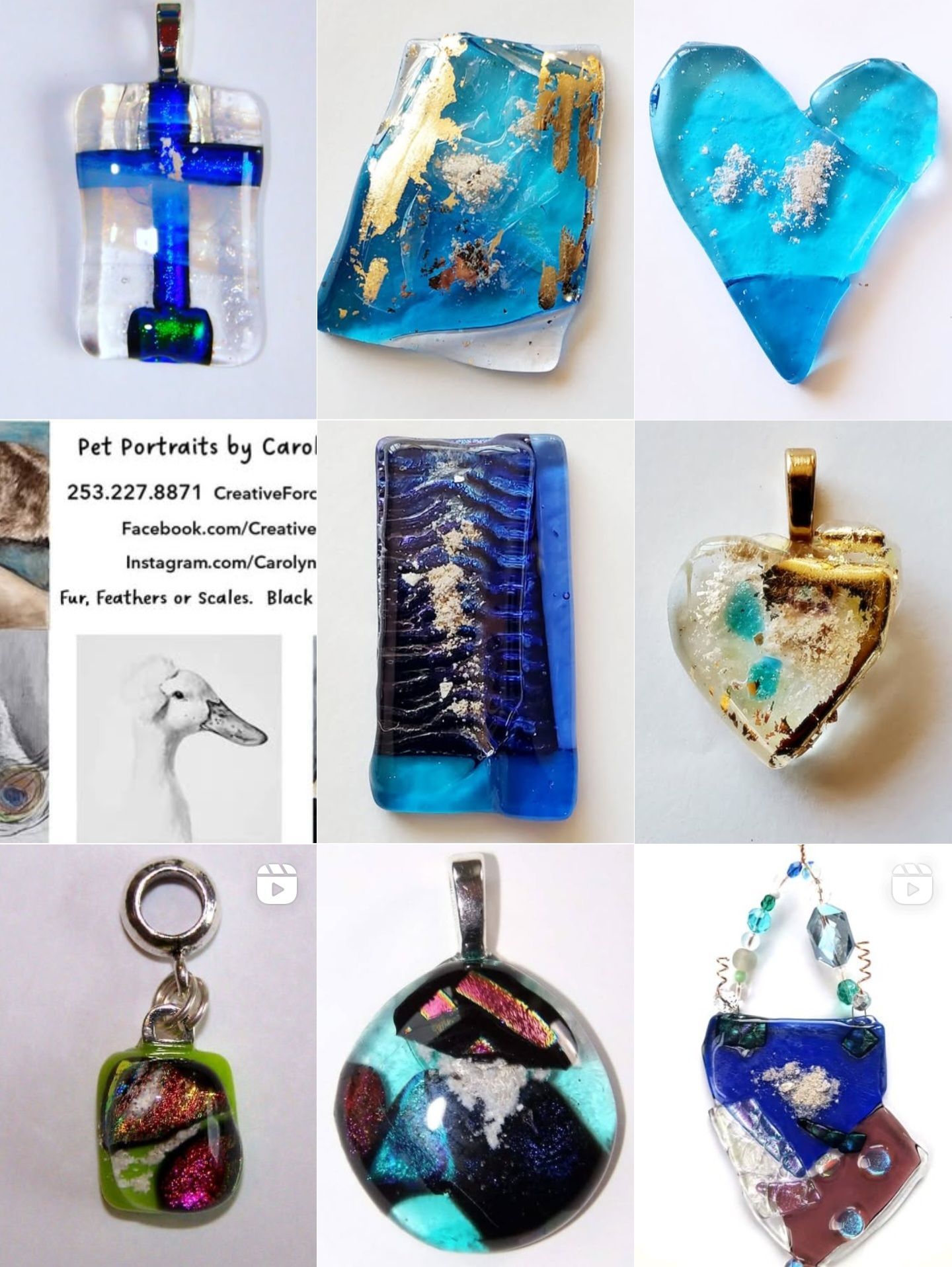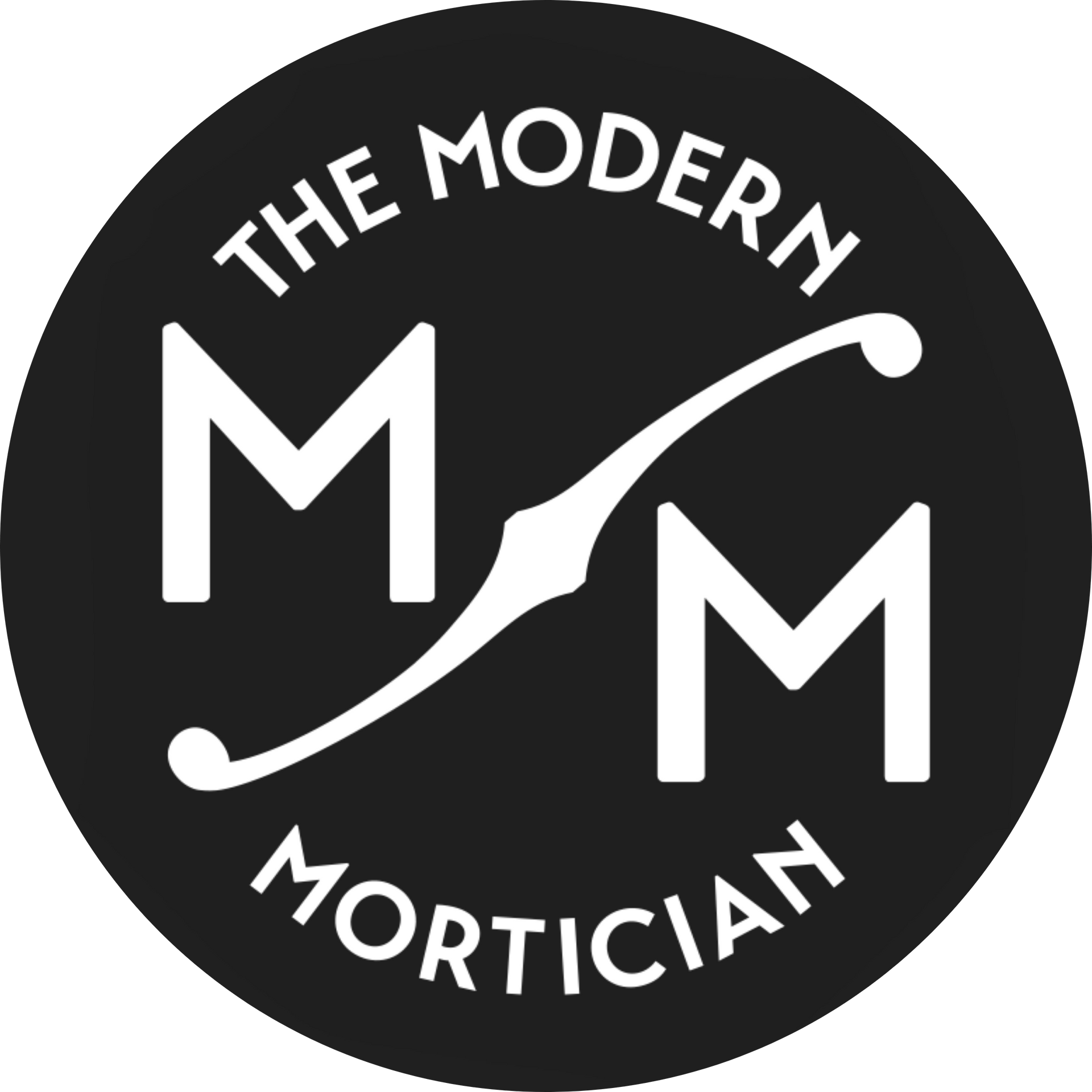November 6, 2025
New York New York’s green burial movement is thriving at the intersection of nature and innovation. From the Adirondacks’ quiet forests to the rolling Hudson Valley and the protected lands of Long Island, New Yorkers are embracing burial practices that restore balance to the earth. In a state known for progress and preservation alike, natural burial offers a meaningful way to unite tradition with environmental responsibility. Families are choosing biodegradable materials, native plant restoration, and conservation land trusts to ensure that even in death, they contribute to life’s continual renewal. Each burial becomes both a personal act of remembrance and a collective gesture toward a greener future. 🌿Greensprings Cemetery - Newfield, NY High above Cayuga Lake in Newfield, Greensprings Natural Cemetery Preserve stretches across 130 acres of rolling meadows, forest, and sky, one of the most scenic and pioneering green cemeteries in the United States. Founded in 2006, it was among the first to earn Green Burial Council certification, setting the standard for natural burial in the Northeast. At Greensprings, there are no vaults, no embalming, and no polished headstones. Burials use biodegradable shrouds or simple wooden caskets, allowing each person to return fully to the soil. Native grasses and wildflowers slowly reclaim each grave, weaving every life back into the ecology of the land. Every burial at Greensprings supports permanent land protection. The preserve’s mission is to restore and maintain natural habitats while offering an environmentally conscious resting place. Visitors walk along mown trails and open fields, where meadowlarks and pollinators thrive. Greensprings welcomes people of all faiths and backgrounds. Families are invited to participate in burials, from carrying the body to lowering it into the grave, creating a deeply personal experience rooted in love and connection. 🌿Spirit Sanctuary Green Burials - Essex, NY Nestled in the hills of the Hudson Valley, Spirit Sanctuary in natural Rhinebeck is New York’s first conservation burial ground, a sacred space where the end of life becomes an act of environmental restoration. Developed in partnership with the Conservation Burial Alliance and the New York Open Center , Spirit Sanctuary blends ecology, spirituality, and simplicity. Every burial here supports land conservation. No vaults, embalming, or metal caskets are allowed, only biodegradable materials that return the body to the soil. As the forest floor reclaims each grave, it becomes part of a larger ecosystem that nourishes new growth. Spirit Sanctuary is open to all faiths and backgrounds, rooted in the belief that death can be approached with reverence and ecological awareness. Families may participate in every step of the burial, creating a communal, healing experience grounded in love and respect. Each interment at Spirit Sanctuary contributes to protecting Rhinebeck’s natural habitat, ensuring that the land remains untouched by development. The sanctuary represents a modern evolution of ancient traditions: returning to the earth as part of a cycle that sustains life. 🌿Grasmere Cemetery at Rhinebeck Cemetery (hybrid) - Rhinebeck, NY The Natural Burial Ground at the Town of Rhinebeck Cemetery was opened in 2014 and is only the second municipal natural burial ground in New York State. It is nestled back from historic Mill Road, adjacent to the Grasmere section of the cemetery, and is set in a young hardwood forest on land that once served as pasture to the Grasmere Estate. 🌿Sleepy Hollow Cemetery (hybrid) - Sleepy Hollow, NY Sleepy Hollow Cemetery, that “Sleepy” place which serves as the backdrop to Washington Irving’s short story, “The Legend of Sleepy Hollow”, is largely just that – a quiet and sleepy resting place where little seems to ever change. Following the Pocantico River as it meanders through the pristine terrain of the cemetery, one feels like they are in a place lost in a time long gone. One can easily imagine Ichabod Crane following this very path in the legendary story. Yet, this timeless gem in Westchester County, New York is actually among the most progressive and forward thinking cemeteries in the United States. For in the opening of the “Riverview Natural Burial Grounds”, Sleepy Hollow Cemetery has become part of a very small and elite group of burial places in the country, which afford the deceased a “natural” or “green” burial option. 🌿White Haven Memorial Park (hybrid) - Pittsford, NY White Haven Memorial park has a special area Certified by the Green Burial Council. This area is specifically for full body burial with no vault, no casket and no cremation. The body is placed in a biodegradable container or cloth shroud. There is one embalming solution that is certified by the Green Burial Council, which is made up of essential oils vs. toxic chemicals. The goal is to allow the body to return to the soil naturally. Graves are double the width since there are no vaults or caskets used. This helps keep the integrity of each burial. 🌿Holy Sepulchre (hybrid) - Rochester, NY In 2013, Holy Sepulchre Cemetery & Ascension Garden became the first Catholic cemeteries in New York State to earn Green Burial Council Certification as approved providers of green burial grounds. Only after extensive ecological assessments and formal application was this honor bestowed. The certification furthers the commitment of Holy Sepulchre & Ascension Garden to the environment, and provides beautiful, natural surroundings while meeting the highest standards of the cemetery industry. 🌿Ascension Garden Cemetery (hybrid) - Henrietta, NY In 2013, Holy Sepulchre Cemetery & Ascension Garden became the first Catholic cemeteries in New York State to earn Green Burial Council Certification as approved providers of green burial grounds. Only after extensive ecological assessments and formal application was this honor bestowed. The certification furthers the commitment of Holy Sepulchre & Ascension Garden to the environment, and provides beautiful, natural surroundings while meeting the highest standards of the cemetery industry. 🌿Forest Hill Cemetery @ Forest Lawn (hybrid) - Attica, NY At the Forest Lawn Group, we’re proud to offer green burial options for families who want to honor their loved ones while caring for the environment. Our green burials use biodegradable materials and avoid harmful chemicals, helping to conserve natural resources, reduce carbon emissions, protect worker health, and restore natural habitats. We adhere to the Green Burial Council’s guidance and certification. At Forest Hill Cemetery, Phelps’ Meadow offers a field of natural burial lots with a large shared permanent memorial stone at the foot of the field to record individual names in the meadow. 🌿 Lakeside Cemetery in Hamburg, NY At the Forest Lawn Group, we’re proud to offer green burial options for families who want to honor their loved ones while caring for the environment. Our green burials use biodegradable materials and avoid harmful chemicals, helping to conserve natural resources, reduce carbon emissions, protect worker health, and restore natural habitats. We adhere to the Green Burial Council’s guidance and certification.At Lakeside Cemetery, The Oaks offers a natural burial section with a traditional memorial marker for each grave. If your area doesn’t yet have a dedicated green or conservation burial ground, start by approaching the trustees or managers of local cemeteries with curiosity and respect. Ask if they’ve considered setting aside a section for vault-free burials or revising their bylaws to allow shrouded or biodegradable caskets. Highlight that New York already has several successful examples, such as Greensprings Natural Cemetery Preserve and Sleepy Hollow’s hybrid section, that demonstrate how natural burial can exist with traditional practices. By sharing data on growing public interest and the ecological benefits, you can help your local cemetery become part of New York’s evolving legacy of sustainability and remembrance. If you want information on how to start your own natural burial cemetery, or you want to make me aware of another green, natural, or hybrid cemetery in this state, please reach out!
